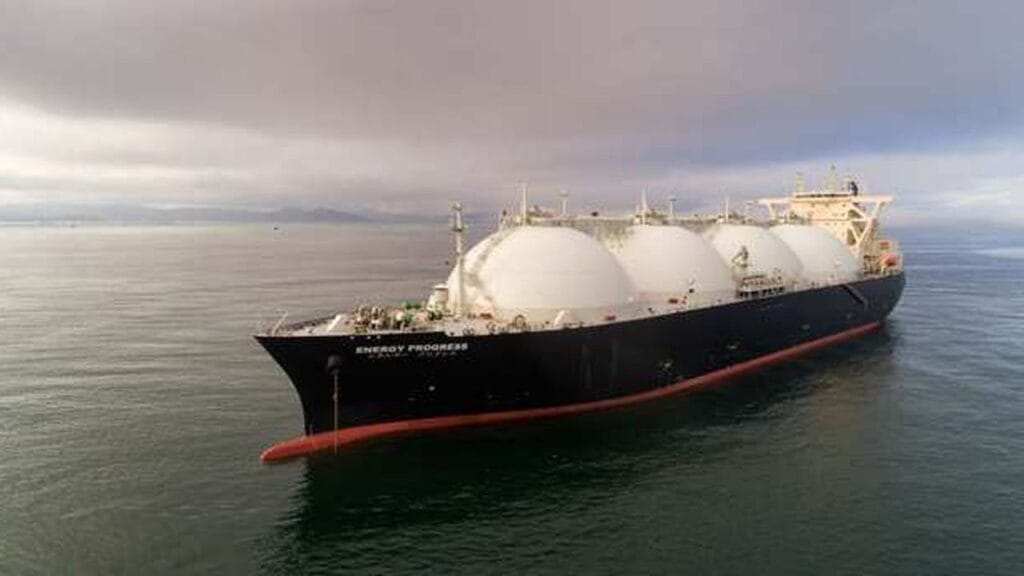To accelerate its energy transition, Morocco is now betting on natural gas as the main lever to reduce its dependence on coal. By 2030, this fuel is expected to represent nearly one-third of the national electricity mix, while it currently constitutes only a tiny part. The government aims to combine supply security with alignment to international climate goals.
The maneuver is led by the Ministry of Energy Transition, under the leadership of Leïla Benali, in a global context marked by increasing pressure for decarbonization. Natural gas is thus seen as a strategic ally: cleaner than coal, but also capable of addressing the intermittency of renewable energies such as solar and wind.
A strong signal was given in April 2025 with the launch of a call for expressions of interest to build a national gas network. The goal is to attract private operators around a series of structuring projects, including the liquefied natural gas (LNG) terminal of Nador West Med. This terminal, equipped with a floating storage and regasification unit (FSRU), will mark a decisive step towards autonomy, ending dependence on Spanish facilities for processing imported gas.
The Kingdom’s ambitions are also reflected in a rapid increase in imported volumes. In 2024, Morocco received nearly 886 million cubic meters of natural gas, surpassing France as the main customer of Spanish gas. This volume corresponds to an electrical capacity of 9.7 GW, indicative of the growing industrial needs and the desire to green the thermal fleet.
The construction of two other FSRUs is also planned in Mohammedia (or Jorf Lasfar) and Dakhla, with the prospect of establishing an interconnected gas pipeline network. Four pipelines are currently under study: two linked to the national fields of Tendrara and Anchois, a third intended to connect the network to the Maghreb-Europe Gas Pipeline, and a fourth to serve the industrial areas in the south.
This network could eventually be linked to the transcontinental Nigeria-Morocco Gas Pipeline project, aimed at transporting West African gas to Europe. This vision is being realized in a memorandum of understanding signed in March 2024 by several institutions (ONEE, ONHYM, ANP, ADM, Nador West Med), establishing a common governance to accelerate the realization of the infrastructures. The financing will rely on a combination of public funds, private investments, and openness to foreign capital.
However, despite this momentum, coal remains overwhelmingly dominant. In 2024, it still accounted for 70% of national electricity production, with major plants like those in Jorf Lasfar and Safi still under contract until 2044 and 2048. These contractual commitments hinder a rapid exit from coal and make compliance with the 2040 target uncertain, a date Morocco committed to reach by joining the Powering Past Coal International Alliance at COP28.
The question remains: will the gas bet be sufficient to initiate a true energy shift without compromising supply stability or industrial competitiveness?


